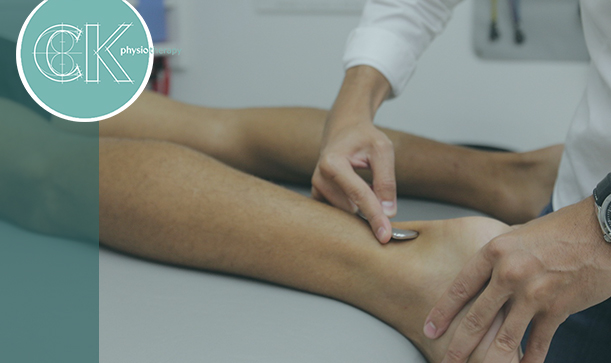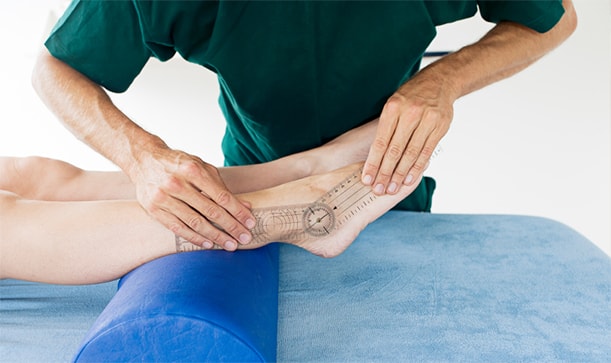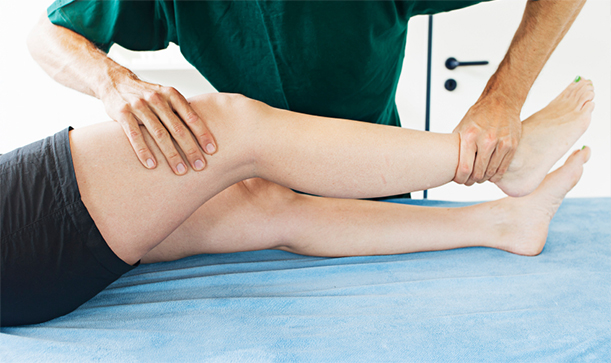CK Physiotherapy
AREAS COVERED
W7, W5, W13, Ealing, West London
57 Elthorne Avenue
Hanwell, W7 2JY
T: 020 8566 4113
M: 079 572 46185
E: info@ckphysio.co.uk
Location / Parking
We are situated in Hanwell, between Boston Manor Road and Northfields Avenue, south of the Uxbridge Road.57 Elthorne Avenue
Hanwell, W7 2JY
There are parking restrictions Mon - Fri 9-10am and 2-3pm. If you need a permit during this time please inform your therapist when you arrive. There are no parking restrictions at other times.
Opening Times
Please phone the number above during working hours to make an appointment. Our reception service will be happy to book your session.
London Underground / Bus Services
London Underground
10 min. walk from Boston Manor Tube Station.
15 min. walk from Northfields Tube Station.
Bus Service
E8, E3, E2, 207, 607, 83
Request Call Back
Our Blog
Physiotherapy Treatment and Rehabilitation After Orthopaedic Surgery
By: BryanKelly (Psst, View author in Google Plus) Date: Jul 2nd, 2019Orthopaedic surgery involves the treatment of the musculoskeletal system, including bones, joints, and nerves. Depending on the patient's condition, an orthopaedic surgeon will perform surgical and non-surgical means of treatment. Individuals who receive orthopaedic surgery generally have suffered musculoskeletal trauma, sports injuries, infections, tumours or degenerative diseases.
Individuals should seek an orthopaedic specialist if they believe they have experienced some sort of trauma that impacts the musculoskeletal system or a repetitive motion injury to the bones, joints, and tendons. There are various orthopaedic conditions that can lead to surgical or non-surgical treatment. Some of these issues include but are not limited to:
• Hip fracture
• Osteoporosis
• Scoliosis
• Soft-tissue injuries
• Arthritis
• Fibromyalgia

What is the Role of a Physiotherapist?
A physiotherapist treats disease, injury or deformity using physical methods including massage, heat treatment, and physical therapy. A physiotherapist is an excellent option for those who have undergone orthopaedic surgery as they help to restore movement and function in someone who has endured an injury, illness or has a disability. Physiotherapist specialises in treating things such as post-operative joints, acute sports injuries, and arthritis.
A physiotherapist plays an integral role in the healing process post-surgery and can make individuals feel more comfortable through specialised techniques. Rehabilitation with a physiotherapist can include things such as postural training, spinal stabilisation, and joint pain management. Additionally, they will run a physical therapy assessment to observe the bodies condition through things such as diagnostic imaging and joint play movements. These assessments are designed to ensure that everything is working properly.
Physical therapy is an important factor when recovering from orthopaedic treatment. Physical therapy promotes healthy healing and increases your chance of having the best range of motion post-operation. A therapist will focus on strengthening the muscles, restoring motion, and improving active range motion.
5 Common Rehabilitation Exercises
1. Hip Exercise
Individuals who have suffered an injury or undergone orthopaedic surgery may experience joint instability, weakened joint muscles, and loss of balance. Hip exercises are designed to not only strengthen the muscles but restore balance for the patient. Here are two hip exercises.
Seated Rotation Stretch
This exercise consists of an individual sitting on the floor with their legs straight in front of them. Next, the individual must cross one leg over the other and slowly twist toward their bent leg with one hand behind them for support. Placing your opposite arm over your bent thigh, the individual must look over their shoulder and hold the position for about 30 seconds.
Supine Hamstring Stretch
This exercise requires you to lie on the floor with both knees bent. Lift one knee off the floor, bringing the knee toward your chest. Clasp your hands together behind your thigh right below the knee. Then, straighten your leg and pull it towards your head gently until you feel a stretch.
2. Wrist Range of Motion Exercise
The wrist joint is a complex joint that consists of bone, ligaments, muscles, connective tissue, and nerves. The wrist joint also has multiple ranges of movement that are important to the body. Here are two wrist range of motion exercises.
Those who have undergone orthopaedic surgery could potentially lose the range of motion in their wrist. A physiotherapist will have the patient perform certain exercises to help improve this motion. Some range of motion exercises can include:
Wrist Rotation
This simple exercise consists of an individual wrapping their fingers together and moving their wrists in every possible direction. Any position that feels limited, they should hold their wrist in that position for a few seconds longer.
Wrist Walks
In this exercise, an individual will place their palms on a wall with their arms straight and walk your hands down the wall. It's also important to note that their fingers should remain pointed to the ceiling as you are walking.
3. Quad Strengthening
The quads represent the four muscles in the front of the thigh. These muscles contract together to help flex the hip and extend the knee. Here are two quad strengthening exercises.
Straight Leg Raises
In this exercise, you can sit or lie down with your legs straight in front of you. Bend the knee of your uninjured leg to a 90-degree angle, keeping your foot planted on the floor. Tighten the muscles of the straight (injured) leg to contract your quadriceps. As you tighten it, begin to lift it off the ground and hold for a few seconds.
Terminal Knee Extensions
Hook some sort of resistance band to a pole about knee-high. Place the other end of the band around the hamstring just above your knee. Begin with your knee slightly bent and then straighten your leg creating more tension.
4. Plantar Fasciitis
If you've suffered an orthopaedic injury related to the foot and ankle, you will benefit from physiotherapy exercises to help manage pain, improve flexibility, and build strength. Here are 2 foot and ankle exercises.
Toe Extensions
Sit up straight in a chair with feet laying flat on the floor. Place one foot over the other and pull the toes toward the ankle. You should feel a stretch along the bottom of the foot and heel. Hold this position for about 10 seconds.
Standing Calf Stretch
With your feet staggered, bend your back knee and keep the front knee as straight as possible as you lean forward and grab onto your front foot underneath your toes. Pull up gently so that you can feel the stretch.
5. Shoulder Exercises
The shoulder consists of three bones: the clavicle, scapula, and the humerus. Shoulder exercises can help those who need to strengthen their shoulder muscles and improve flexibility. Here are 2 shoulder exercises.
Crossover Arm Stretch
Relax shoulders and gently bring one arm across your chest as far as you can. Hold this stretch for about 30 seconds.
Pendulum
Lean forward to place one hand on the table. Allow the other arm to hang freely and then gently swing your arm back and forth, side-to-side, and in a circular motion.
Contact CK Physiotherapy After Your Orthopaedic Surgery
If you are facing an orthopaedic issue or just had orthopaedic surgery, we encourage you to visit a certified physiotherapist to know your options for recovery. Dealing with orthopaedic issues may be uncomfortable but a physiotherapist can make your road to recovery a lot easier. If you have any questions about orthopaedics or physiotherapy, contact us today.





